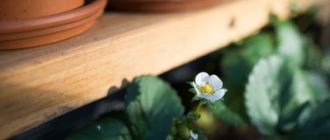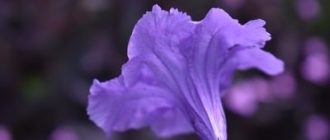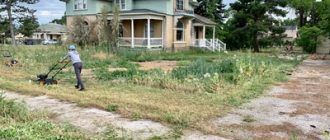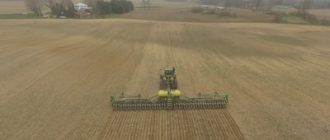
Growing your own vegetables is a smart idea for many reasons…
After World War 11, new conventional farming techniques spearheaded by large companies were to drastically change the way farmers grow their crop. At that time, growing your own vegetables meant you would use organically enriched soil, rotate your vegetables so that the soil would not become depleted of specific nutrients, and store some for the winter.
As time passed, people changed their habits from growing your own vegetables to buying them from big stores, fully trusting that these vegetables were like the vegetables they would have eaten when they were kids. However, this is not the case. Today’s vegetables that we buy off the shelf are not as nutrient-filled as they should be and, more disturbingly, many are laced with insecticides or pesticides.
Let me explain what happened to farming methods during these last 50+ years, how farming methods have changed.
1. Growing your own vegetables by using the mixed farming/crop rotation method was replaced by growing only one type of vegetable over and over again in the same soil.
In the early 1960’s, farmers started buying into the idea that instead of following the usual methods of growing your own vegetables, it would be more profitable to plant huge fields of one crop and use more synthetic fertilizers which companies and government claimed were just as good as compost. They had been assured that in the end the cost of the fertilizer would be offset by selling more produce.
2. Organic Compost was replaced by “special” synthetic chemical-based granular fertilizers.
However, when the farmers began abandoning mixed farming and growing your own vegetables in favor of growing huge crops of only one, maybe two, types of vegetable, the soil was slowly being depleted of much needed nutrients. The soil was not receiving supplemental nutrients in the form of compost, or the manure and crop rotation practices that had been used for years.
To make matters worse, the new synthetic fertilizers did not give the plants the nutrients they needed. So, instead of planting a ground cover of plants to help conserve moisture and ward off insects, the farmers began laying artificial fertilizers on the fields.
It has been estimated that by using so-called organic fertilizers, every person in the U. S. creates at leastavor with their health. At the very least, they cause the levels of nitrogen in the soil to shoot up, thereby reducing the intake of calcium, a necessary nutrient for the growth of your plants.
3. Little Or No Pesticides Are UsedAs we’ve seen, the goal of most farmers is to get away from using pesticides all together. Farmers douse their fields with nearly a thousand pounds of chemical fertilizer per acre every year.
Of course, that heavily fertilized field eventually doesn’t produce much anyway, as the lack of pest control leads to a crop failure and thus a failure to make money. That’s the last word on it, but the simple truth is that you can’t control a beholding crop of squash heads.
4. Less Water Is UsedIf farmers stop watering their fields, plants and gardens, they will dry out and die.
In the past, farmers used to get away with this because there was enough water in the soil to get the needed nutrients to the plants and so long as they could absorb the water, they knew that there would be sufficient for the plants.
Thanks to modern technology, we’ve made it so we don’t have to absorb the water. Instead, it drains right through the Soil. So, we are just drowning our own plants and gardens.
5. Colors Are Off The ScaleGreenhouses use different colors to stimulate certain wavelengths of the sunlight. The farmers and gardeners would adjust the colors to whatever their preferred ideal light spectrum was, and they could do it manually although they usually had to do it manually because time was precious.
Now, thanks to the LED grow panels, they automate the process to an almost standard rate and they don’t even have to see what they’re doing. The only thing they need to do is turn the lights on and off and keep them on at the optimum levels.












